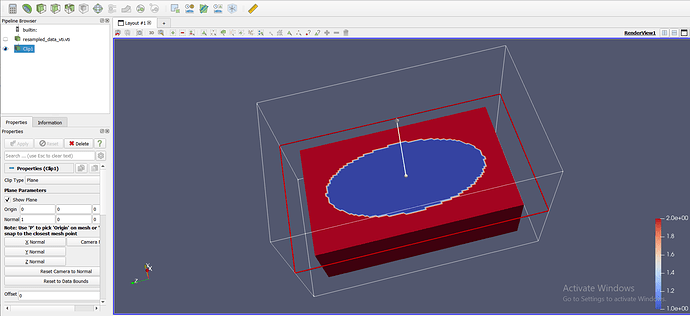

So far I am satisfied with the paraView, but I am still confused about how to visualize the free wave surface in 3D.


In the case of using zsh, you will need the bash-completion package, and add the following to your zshrc for the OpenFOAM scripts to work:Īlias ofoam="source $").foam and then open the touched file from paraview. I made a simple 3D multiphase case to test different ways of generating mesh (snappyHexMesh, blockMesh, Gmsh, etc). Some things do not work correctly if you are not using bash. To test for successful installation, run any test case, for example:įoamInstallationTest -full incompressible/simpleFoam/pitzDaily Troubleshooting zsh This compiles with all cores (-j), reduced output (-s, -silent), with queuing (-q, -queue) and logs (-l, -log) that can be inspected later. When you open your case using Paraview/paraFoam, then the interpolated fields at the points (nodes) are already computed by Paraview: Fields with an orange small circle are the point data, while the fields that have an orange cube icon are the data at the cell centers, i.e: You can also see the values of the fields. Then you can use the following command to compile: Use foamSystemCheck to check if all requirements are installed, then foam to change into the project directory. Run of2206 to initialize the environment. $ alias of2206='source $FOAM_INST_DIR/OpenFOAM-v2206/etc/bashrc' This has to be done prior to compilation. Whenever you want to run OpenFOAM you just have to run of2206 to initialize the environment. $ tar -xvfz $HOME/OpenFOAM/OpenFOAM- v2206.tgz -C $HOME/OpenFOAM $ wget -P $HOME/OpenFOAM v2206/OpenFOAM- v2206.tgz
#OPENFOAM PARAVIEW CLIPPING CODE#
Since OpenFoam is a picky about its location, create a directory following its naming convention and extract the source code there:


 0 kommentar(er)
0 kommentar(er)
